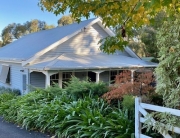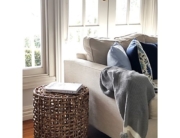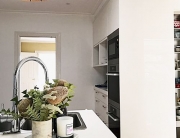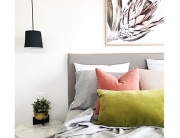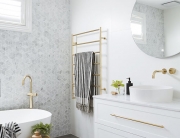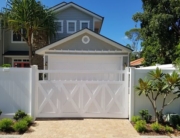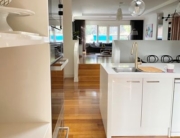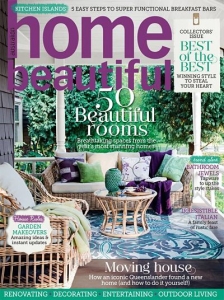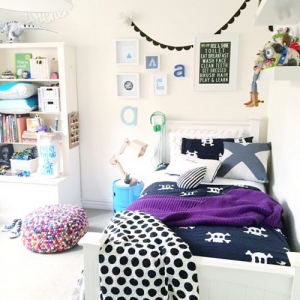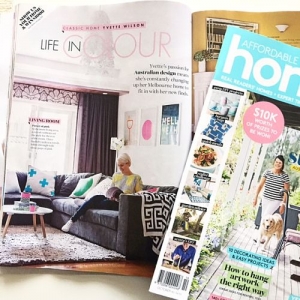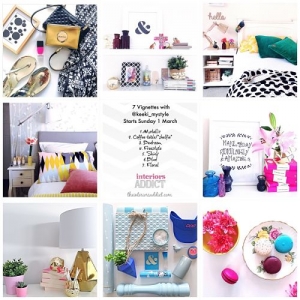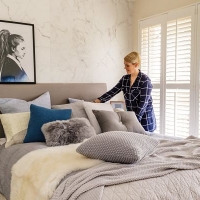Many people spend hours pouring over the different wallpapers and paints they will use in their home. Similarly, when they get their kitchen renovated, the cabinet and worktop choices are also carefully considered. Sadly, not everyone pays as much attention to the lighting they install in their property. However, light is just a vital part of creating an atmosphere as any of the other factors mentioned above. Happily, you can find out all about mastering lighting in your home with our primer below.
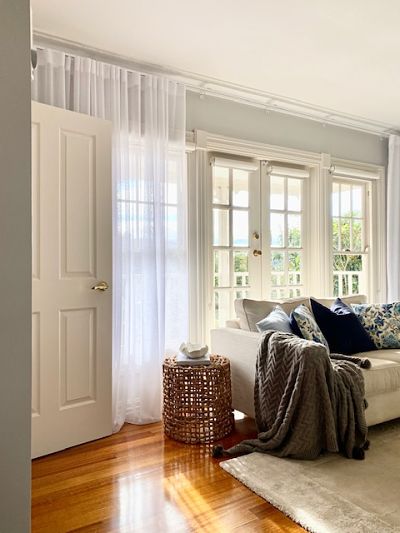
The holy grail of lighting – natural light
Natural light is the most obvious way to brighten your home. In fact, it is much prized in properties around the globe. The good news is that there are numerous ways that you can increase the amount of natural light that the inside of your property receives.
The first of these is to consider door replacement throughout the home with ones made of glass. In fact, by doing this, you will maximise the amount of light that can stream in during the day.
Additionally, some homeowners choose to replace the windows that their property was built with, usually for larger ones that do not interpret the flow of light. Something that can also be wonderful for creating beautiful views as well.
Also, there are other actions you can take when it comes to letting more light into your home. Probably, the straightforward is to rehang the curtains and other window dressing correctly. That is, above and framing the window, rather than right on top of it. Something that can help to let in the maximum amount of light.
Finally, when it comes to natural light, some people can struggle when they have rooms such as cellars or sub-basement kitchens. Fortunately, there is a solution to this. One way to deal with it is to use frosted glass blocks at street level that allow light into the room, but also retain privacy.
Also, some providers now even make sun tubes which are sort of like guttering but with the series of mirrors that reflect outside light back into the home effectively.
Managing natural light
However, it also is essential to understand how to use natural lighting to its best advantage within your home.
iframe width=”560″ height=”315″ src=”https://www.youtube.com/embed/RSdvGbcsbYg” frameborder=”0″ allow=”accelerometer; autoplay; encrypted-media; gyroscope; picture-in-picture” allowfullscreen>The first point related to this is that while most people prize natural light above artificial, too much of the stuff without a way lessening, it can be problematic. Think of early mornings when all you want is a lie in, and you cannot roll over because the sun rays are streaming in. Additionally, consider a time where you want to create a cosy and relaxed atmosphere. Still, the natural light is so bright that there is no contrast at all in your home.
Of course, that means just like artificial light, it is vital that we control the amount of natural light we get in our home. Happily, it is possible to do this by using blackout window dressings, shutters, and even light-absorbing films. The latter being perfect for those that live in particularly hot and sunny climates.
Lighting needs
Next, when lighting your home, you need to consider what each room will be used for. In fact, even within a single room, you may want to create different areas related to various functions.
For example, in the bedroom, you may wish to have a very well-lit area where you can get ready and do makeup. However, as for the most part, you will want this room to be a relaxing space. Therefore, being able to shut the light off in this brighter area at will is essential. Additionally, being able to control the lighting in the rest of the room so you can create a tranquil area is also crucial.
Alternatively, in the kitchen, you will likely want a steadily bright light all of the time, especially when you are making and preparing food. Many people also use the kitchen table as a homework area for the kids, with some even using it instead of a home office, making bright lights that aid concentration a must.
Aesthetics
The lighting you use in your home can serve other functions as well. In particular, choosing statement lighting pieces like chandeliers, or even grouping pendant lights together at different heights can add interest and texture.
There are even moulded lights that come in all sorts of shapes like the fun, kitsch 1980 German woodland creatures like squirrels and geese, or the famous sculptural 1950 space punk based Sputnik designs.
You can also create drama and improve the aesthetic of your home by using symmetry or symmetry in lighting. One of the most obvious ways of doing this is to use matching lamps with shades in a symmetrical pattern. Typical placements include on each end of your fireplace, or on opposite ends of the dining table.
However, if you want to shake things up a bit, why not opt for something more asymmetrical? In fact, you can shine focus on a wall or part of a room with asymmetrical lighting. You can even arrange your lights, so they illuminate specific pictures, ornaments and wall hangings for a dynamic and exciting effect.
Image sourced at Pixabay – Licence CC0
Layers
Probably one of the most challenging effects to achieve with lighting in the home is layering. However, it’s also one of the most effective so well worth the effort involved. The key to layering your lights is using multiple light sources in a conversational way.
Image found at Pixabay – Licence CC0
What this means is placing lights at different levels in your room from floor to ceiling. Of course, regimented increments won’t work here. Therefore you must consider the placement of each light carefully and get it to be as organic as possible.
However, do remember that if you are at a loss as to how to do this effectively, you can recruit the help of an interior designer!
Non-traditional types of lighting
Don’t be afraid of trying something new when it comes to lighting your home, either. After all, there are a lot more options than dull old light bulbs to consider.
One of these is industrial style halogen lighting. Such lights often come in fixtures that are metallic and robust and can provide a lovely unfinished New York style loft vibe to a room. Similarly. Einstein lights where the bulb is oversized and is the focal point rather than the shade can really liven up space and add some welcome character.
Finally, do not forget that the occasional dash of neon lighting can give your home a wonderfully edgy and retro feel. You probably want to stop a little short of the showroom-come-tea room in London that you can explore in the video below.
Eco and smart lighting
Let’s not forget that lights require energy to run. That means it is vital to be aware of how much energy the lights in our home use and how we can reduce energy consumption. After all, it is the responsibility of every person to do what they can for the planet!
The good news here is that there are several ways that you can have fabulous lighting and do your bit for the environment. The first of these is to swap out the regular bulbs you use for LED ones. These use less energy on a day to day basis, and they also last a great deal longer than a traditional light bulb. Something that means less waste needs to be created and disposed of when lighting your home.
Additionally, many homeowners are choosing to use smart lighting in their homes. One of the reasons for this is the added control and convenience such lights can provide. This is because any bulb can be controlled from anywhere in the home. They can even be controlled from outside of the house with a connection to the IoT. Therefore, unused lights can easily be switched off with the minimum of effort, thus saving on energy.
However, the benefits of smart lighting do not stop with the ecological advantages. Many smart lights come complete with the ability to change their brightness and hue at the touch of a button. Thus allowing homeowners to create a variety of different moods very quickly and easily.
Finally, smart lights can be controlled from outside the home, so they also offer an additional level of safety. That means if you are on the other side of the world, you will still be able to switch lights on a typical pattern. Therefore, you can make it that there is someone at home at all times.
Image found at Pixabay – Licence CC0
Final thoughts
Lighting is not just a matter of replacing a burned-out bulb from time to time. In fact, it can be as complex and multifaceted as any other type of interior decorating.
However, the good news is that if you get your lighting right, you can be sure that you will create a home that is both warm and practical. In fact, if you make an effort, you can use clever lighting to make your house as fun and unique as you and your family are.




